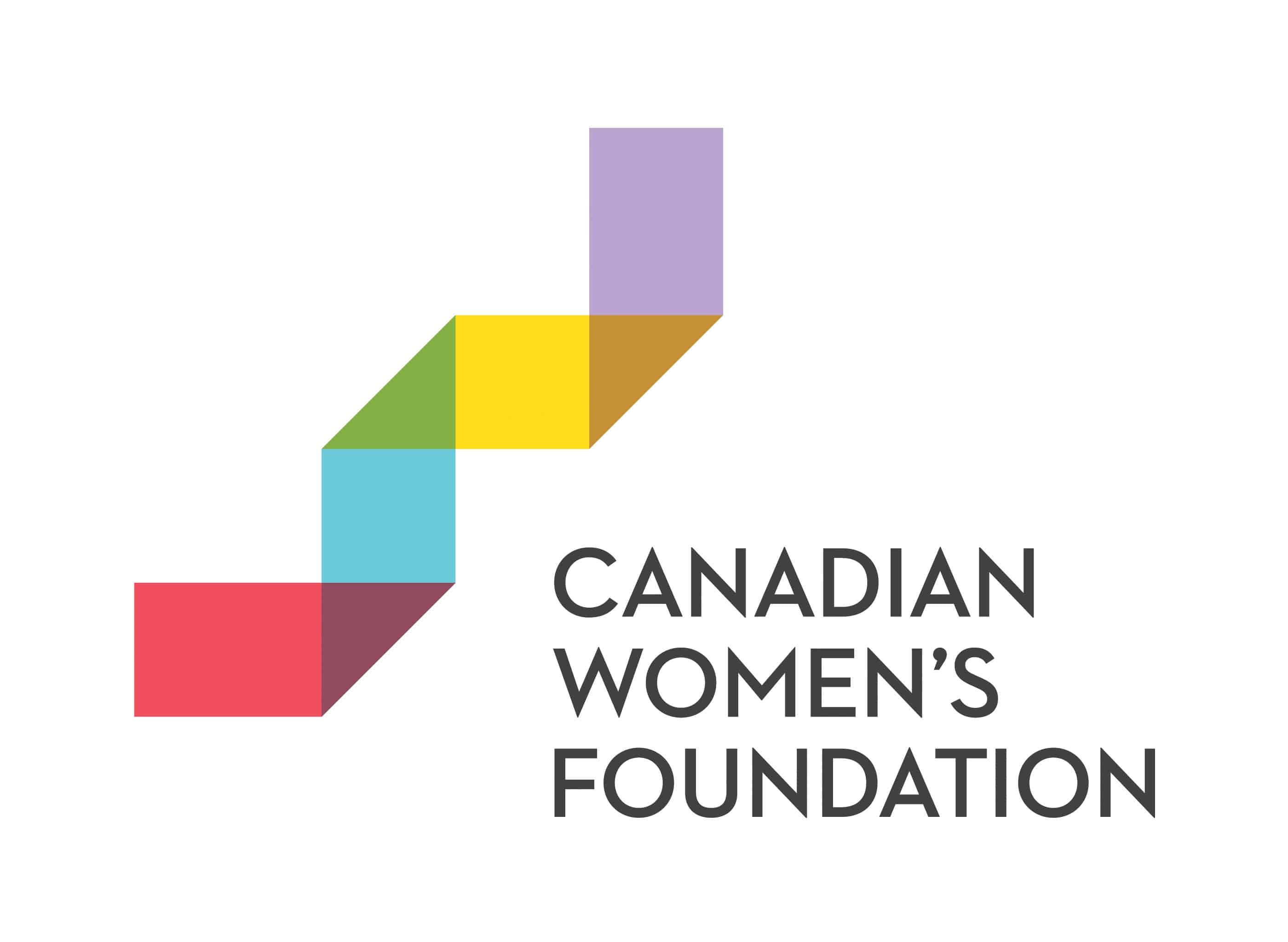Day 9: Re-evaluating personal security with the Internet of things
 “The Internet of things” is a fairly recent term used to describe the network of physical objects or "things" embedded with electronics, software, sensors, and network connectivity, which enables users to live in a more connected world. The obvious parts of this network is your cell phone, tablet and perhaps iPod. But it is also the less obvious parts, such as your Fitbit, your apple watch, your new sneakers that track where and how far you walk/run, your vehicle, your appliances, home alarm system and the list goes on. The Internet of things has opened up a world of possibility. Our lives have changed drastically in just the last 10 years thanks to this network.
“The Internet of things” is a fairly recent term used to describe the network of physical objects or "things" embedded with electronics, software, sensors, and network connectivity, which enables users to live in a more connected world. The obvious parts of this network is your cell phone, tablet and perhaps iPod. But it is also the less obvious parts, such as your Fitbit, your apple watch, your new sneakers that track where and how far you walk/run, your vehicle, your appliances, home alarm system and the list goes on. The Internet of things has opened up a world of possibility. Our lives have changed drastically in just the last 10 years thanks to this network.
Imagine a typical twenty something couple living in their newly purchased home. After a busy day at work they sit together on the couch. She is cold and he is hungry. By using apps on their phone they can turn up the heat and order a pizza. They may turn on Netflix and their baby begins to cry. Both grab their phones and use the baby cam app to check in on the little one. The pizza will be coming soon so he turns off the home alarm while she turns on the outside lights - again all using their phones.

 SWOVA
SWOVA One of the most common misconceptions about domestic violence is that it occurs within a relationship, and ends when the relationship does. Leaving a relationship does not stop the abuse. They are separate issues only connected by the individuals involved.
One of the most common misconceptions about domestic violence is that it occurs within a relationship, and ends when the relationship does. Leaving a relationship does not stop the abuse. They are separate issues only connected by the individuals involved. She sat next to me, staring down at her hands holding the last crumpled tissue from the pack I brought along for our first of several days in court. Of all the items I carried in my volunteer pack, tissues always seemed to get the most use. I could barely stand to look into her pain-filled eyes as she turned to me and whispered, “Please tell me this will be worth it.”
She sat next to me, staring down at her hands holding the last crumpled tissue from the pack I brought along for our first of several days in court. Of all the items I carried in my volunteer pack, tissues always seemed to get the most use. I could barely stand to look into her pain-filled eyes as she turned to me and whispered, “Please tell me this will be worth it.”
